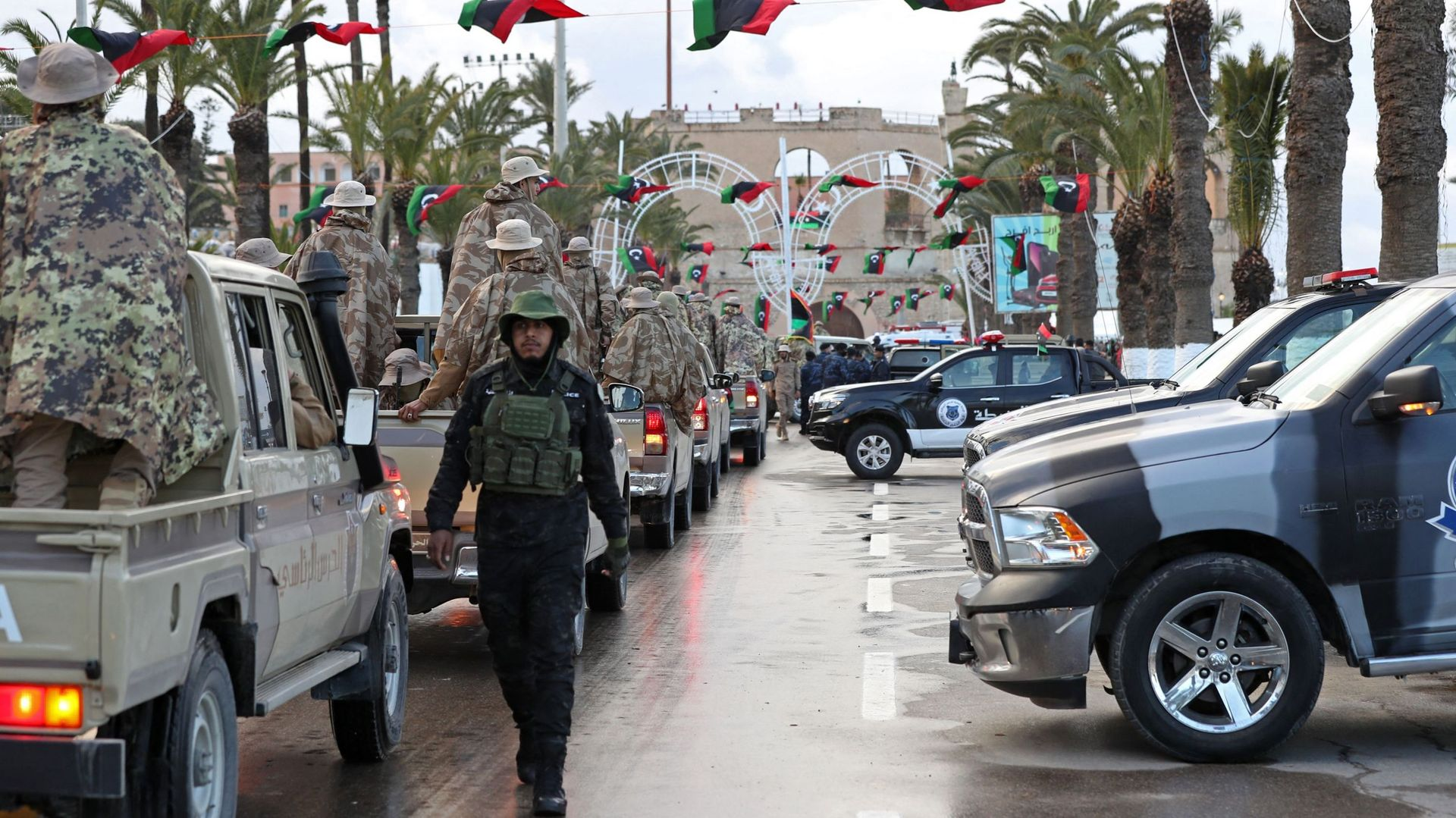Libya’s ongoing political divisions are threatening to once again disrupt its crucial oil sector, raising questions about the sustainability of its oil price support. The North African country is grappling with internal conflicts between the internationally recognized Tripoli government led by Abdul Hamid Dbeibah and the rival eastern Benghazi-based administration, supported by the House of Representatives. Additionally, eastern warlord Khalifa Haftar controls much of Libya’s oil infrastructure.
Recent tensions have escalated over oil revenue disputes. Dbeibeh’s attempt to remove Central Bank Governor Sadiq al-Kabir led the Benghazi administration to order the shutdown of oilfields. Libya’s National Oil Corporation (NOC) has yet to officially address these closures, but its subsidiary Waha Oil has indicated that protests and pressures may lead to production halts. Similarly, Sirte Oil has reported reduced production and called for intervention to maintain output.
Libya’s largest oil field, El Sharara, which produces 300,000 barrels per day, was shut down in early August due to protests. The NOC declared force majeure on El Sharara’s exports, and since then, production of the major crude grade Es Sider has declined, with several other fields also facing reductions or closures.
Libya, a member of OPEC, saw its crude production at 1.18 million barrels per day in July, but analysts forecast that up to 900,000 barrels per day could be offline soon. Disruptions are expected to last several weeks, with significant impacts on the Oil Crescent region.
Despite initial oil price gains on the news, market responses have been mixed. Prices for Brent crude and WTI have fluctuated, with Brent trading at $78.42 per barrel and WTI at $74.31 per barrel as of Wednesday. Analysts, including those from Rystad Energy and Goldman Sachs, believe that the disruptions may be short-lived due to the incentives for both Libyan parties to resolve the conflict quickly.


















